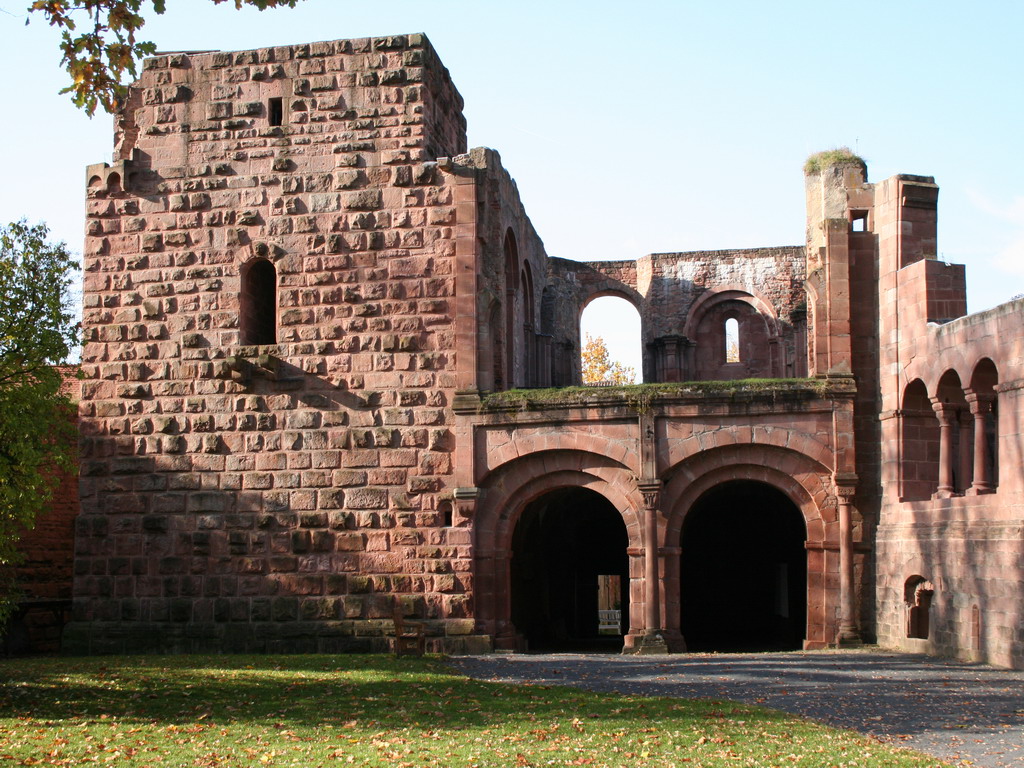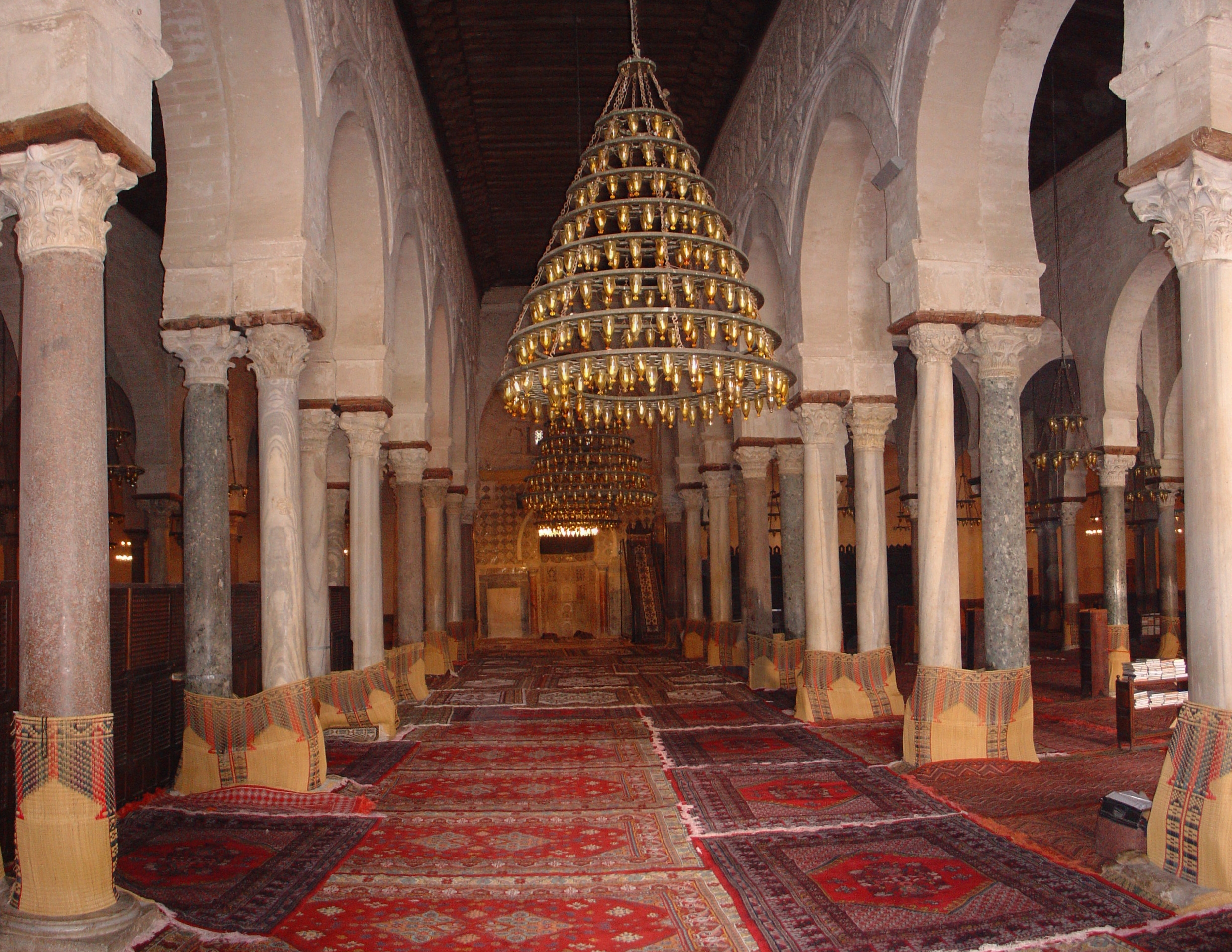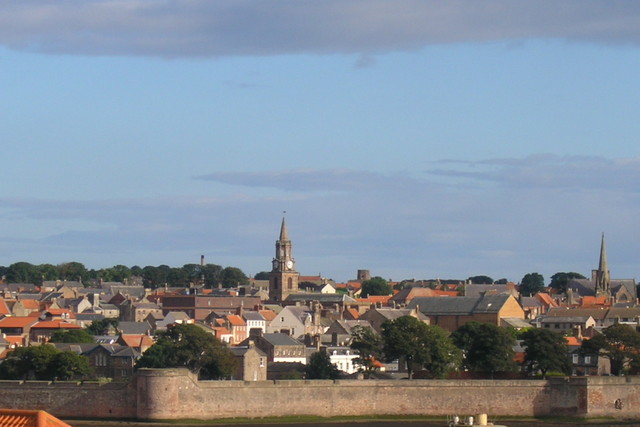|
Conisborough Castle
Conisbrough Castle is a medieval fortification in Conisbrough, South Yorkshire, England. The castle was initially built in the 11th century by William de Warenne, the Earl of Surrey, after the Norman Conquest of England in 1066. Hamelin Plantagenet, the illegitimate, ''parvenu'' brother of Henry II, acquired the property by marriage in the late 12th century. Hamelin and his son William, Earl of Surrey rebuilt the castle in stone, including its prominent -high keep. The castle remained in the family line into the 14th century, despite being seized several times by the Crown. The fortification was then given to Edmund of Langley, passing back into royal ownership in 1461. Conisbrough Castle fell into ruin, its outer wall badly affected by subsidence, and was given to the Carey family in the 16th century. Its derelict state prevented it from involvement in the English Civil War of the 17th century and the remains were bought by the Duke of Leeds in 1737. Sir Walter Scott used t ... [...More Info...] [...Related Items...] OR: [Wikipedia] [Google] [Baidu] |
Conisbrough
Conisbrough () is a town within the City of Doncaster, in South Yorkshire, England. It is roughly midway between Doncaster and Rotherham, and is built alongside the River Don, South Yorkshire, River Don at . It has a ward population (Conisbrough and Denaby Main, Denaby) of 14,333. Etymology The name ''Conisbrough'' comes from the Old English (first recorded ) meaning "king's stronghold" or "king's fortified place". Its derivation has a very similar route to Kingsbury, London, Kingsbury. History The historian David Hey describes Conisbrough as appearing to be the most important place in Anglo-Saxon and Viking South Yorkshire. In a will of around 1003, Conisbrough was bequeathed by Wulfric Spott, founder of Burton Abbey. At this point, it appears to have been the centre of a major former royal estate, reaching Hatfield Chase. The manor became royal again under Harold II of England, and by the Norman Conquest, 28 townships in what is now South Yorkshire belonged to the Lord ... [...More Info...] [...Related Items...] OR: [Wikipedia] [Google] [Baidu] |
Walter Scott
Sir Walter Scott, 1st Baronet (15 August 1771 – 21 September 1832), was a Scottish novelist, poet and historian. Many of his works remain classics of European literature, European and Scottish literature, notably the novels ''Ivanhoe'' (1819), ''Rob Roy (novel), Rob Roy'' (1817), ''Waverley (novel), Waverley'' (1814), ''Old Mortality'' (1816), ''The Heart of Mid-Lothian'' (1818), and ''The Bride of Lammermoor'' (1819), along with the narrative poems ''Marmion (poem), Marmion'' (1808) and ''The Lady of the Lake (poem), The Lady of the Lake'' (1810). He had a major impact on European and American literature, American literature. As an advocate and legal administrator by profession, he combined writing and editing with his daily work as Clerk of Session and Sheriff court, Sheriff-Depute of Selkirkshire. He was prominent in Edinburgh's Tory (political faction), Tory establishment, active in the Royal Highland and Agricultural Society of Scotland, Highland Society, long time a p ... [...More Info...] [...Related Items...] OR: [Wikipedia] [Google] [Baidu] |
Norman Conquest Of England
The Norman Conquest (or the Conquest) was the 11th-century invasion and occupation of England by an army made up of thousands of Normans, Norman, French people, French, Flemish people, Flemish, and Bretons, Breton troops, all led by the Duke of Normandy, later styled William the Conqueror. William's claim to the English throne derived from his familial relationship with the childless Anglo-Saxon king Edward the Confessor, who may have encouraged William's hopes for the throne. Edward died in January 1066 and was succeeded by his brother-in-law Harold Godwinson. The Norwegian king Harald Hardrada invaded northern England in September 1066 and was victorious at the Battle of Fulford on 20 September, but Godwinson's army defeated and killed Hardrada at the Battle of Stamford Bridge on 25 September. Three days later on 28 September, William's invasion force of thousands of men and hundreds of ships landed at Pevensey in Sussex in southern England. Harold marched south to oppose ... [...More Info...] [...Related Items...] OR: [Wikipedia] [Google] [Baidu] |
Aerial View Of Conisbrough Castle - Geograph
Aerial may refer to: Music * ''Aerial'' (album), by Kate Bush, and that album's title track * "Aerials" (song), from the album ''Toxicity'' by System of a Down Bands *Aerial (Canadian band) *Aerial (Scottish band) * Aerial (Swedish band) Recreation and sport *Aerial (dance move) *Aerial (skateboarding) *Front aerial, gymnastics move performed in acro dance * Aerial cartwheel * Aerial silk, a form of acrobatics * Aerial skiing Technology *Aerial (radio), a radio ''antenna'' or transducer that transmits or receives electromagnetic waves **Aerial (television), an over-the-air television reception antenna *Aerial photography Other uses *Aerial, Georgia, a community in the United States * ''Aerial'' (magazine), a poetry magazine * ''Aerials'' (film), a 2016 Emirati science-fiction film *''Aerial'', a TV ident for BBC Two from 1997 to 2001 See also * Arial * Ariel (other) * Airiel * Area (other) * Airborne (other) * Antenna (other) ... [...More Info...] [...Related Items...] OR: [Wikipedia] [Google] [Baidu] |
Buttress
A buttress is an architectural structure built against or projecting from a wall which serves to support or reinforce the wall. Buttresses are fairly common on more ancient (typically Gothic) buildings, as a means of providing support to act against the lateral (sideways) forces arising out of inadequately braced roof structures. The term ''counterfort'' can be synonymous with buttress and is often used when referring to dams, retaining walls and other structures holding back earth. Early examples of buttresses are found on the Eanna Temple (ancient Uruk), dating to as early as the 4th millennium BC. Terminology In addition to flying and ordinary buttresses, brick and masonry buttresses that support wall corners can be classified according to their ground plan. A clasping or clamped buttress has an L-shaped ground plan surrounding the corner, an angled buttress has two buttresses meeting at the corner, a setback buttress is similar to an angled buttress but the buttresses ... [...More Info...] [...Related Items...] OR: [Wikipedia] [Google] [Baidu] |
Castle Chapel
Castle chapels () in European architecture are chapels that were built within a castle. They fulfilled the religious requirements of the castle lord and his retinue, while also sometimes serving as a burial site. Because the construction of such church edifices was expensive for the lord of the castle, separate chapels are not found at every seat of the nobility. Often, a secondary room furnished with an altar had to suffice. According to historian Sarah Speight, "The religious role of chapels was as normal, as routine, and arguably, as integral to castles as any concern for symbolism and/or military strength." Castle chapels were usually consecrated to saints; especially those associated with knighthood, such as Saint George or Saint Gereon. In 1437, the chapel of Saint Mark at the castle in Braubach, Germany, gave the castle its present name: the Marksburg. Frequently, castle chapels were located near the gate or in the upper storey of the gate tower as, for example, at ... [...More Info...] [...Related Items...] OR: [Wikipedia] [Google] [Baidu] |
Solar (room)
The solar was a room in many English and French medieval manor houses, great houses and castles, mostly on an upper storey, designed as the family's private living and sleeping quarters. Within castles they are often called the "Lords' and Ladies' Chamber" or the "Great Chamber". Etymology The word ''solar'' has two possible origins: it may derive from the Latin word ''solaris'' meaning sun (often a room with the brightest aspect), or — as the solar provided privacy for its occupants — it may come from the Latin word, ''solus'', meaning, "alone". Function In some houses, the main ground-floor room was known as the Great Hall, in which all members of the household, including tenants, employees, and servants, would often or could sometimes eat. Those of highest status would be at the end, often on a raised dais, and those of lesser status seated further down the hall. But a need was felt for more privacy to be enjoyed by the heads of the household, encouraged by the senior wo ... [...More Info...] [...Related Items...] OR: [Wikipedia] [Google] [Baidu] |
Hall
In architecture, a hall is a relatively large space enclosed by a roof and walls. In the Iron Age and the Early Middle Ages in northern Europe, a mead hall was where a lord and his retainers ate and also slept. Later in the Middle Ages, the great hall was the largest room in castles and large houses, and where the servants usually slept. As more complex house plans developed, the hall remained a large room for dancing and large feasts, often still with servants sleeping there. It was usually immediately inside the main door. In modern British houses, an entrance hall next to the front door remains an indispensable feature, even if it is essentially merely a corridor. Today, the (entrance) hall of a house is the space next to the front door or vestibule (architecture), vestibule leading to the rooms directly and/or indirectly. Where the hall inside the front door of a house is elongated, it may be called a passage, corridor (from Spanish ''corredor'' used in El Escorial and 100 ... [...More Info...] [...Related Items...] OR: [Wikipedia] [Google] [Baidu] |
Fortified Tower
A fortified tower (also defensive tower or castle tower or, in context, just tower) is one of the defensive structures used in fortifications, such as castles, along with defensive walls such as curtain walls. Castle towers can have a variety of different shapes and fulfil different functions. Shape of towers Rectangular towers Square or rectangular towers are easy to construct and give a good amount of usable internal space. Their disadvantage is that the corners are vulnerable to mining. Despite this vulnerability, rectangular towers continued to be used, and Muslim military architecture generally favoured them.Kennedy (2000). Round towers Round towers, also called drum towers, are more resistant to siege technology such as sappers and projectiles than square towers. The round front is more resistant than the straight side of a square tower, just as a load-bearing arch. This principle was already understood in antiquity. Horseshoe-shaped towers The horseshoe-shaped (or D ... [...More Info...] [...Related Items...] OR: [Wikipedia] [Google] [Baidu] |
Curtain Wall (castle)
A curtain wall is a defensive wall between fortified towers or bastions of a castle, fortress, or town. Ancient fortifications Evidence for curtain walls or a series of walls surrounding a town or fortress can be found in the historical sources from Assyria and Egypt. Some notable examples are ancient Tel Lachish in Israel and Buhen in Egypt. Curtain walls were built across Europe during the Roman Empire; the early 5th century Theodosian Walls of Constantinople influenced the builders of medieval castles many centuries later. Curtain wall castles In medieval castles, the area surrounded by a curtain wall, with or without towers, is known as the bailey. The outermost walls with their integrated bastions and wall towers together make up the enceinte or main defensive line enclosing the site. In medieval designs of castle and town, the curtain walls were often built to a considerable height and were fronted by a ditch or moat to make assault difficult. Walls were topped w ... [...More Info...] [...Related Items...] OR: [Wikipedia] [Google] [Baidu] |
Outer Bailey
An outer bailey or outer ward is the defended outer enclosure of a castle.Friar, Stephen (2003). ''The Sutton Companion to Castles'', Sutton Publishing, Stroud, 2003, p. 22. It protects the inner bailey and usually contains those ancillary buildings used for the management of the castle or the supply of its occupants. These domestic buildings could include workshops, livestock stalls and stables; storage facilities such as barns, sheds and granaries, as well as quarters for servants such as maids, farm workers, and even the castle governors or castellans. In many cases there was also a brewery, a bakehouse and a kitchen, if the latter was not located in the hall or ''palas''. An outer bailey was often called a base court in England. Depending on topography it could also be referred to as a lower bailey or lower ward, the keep being in the upper bailey or ward. Chepstow Castle has lower, middle and upper baileys. The domestic buildings of the continental ''schloss'', often a sta ... [...More Info...] [...Related Items...] OR: [Wikipedia] [Google] [Baidu] |
Inner Bailey
The inner bailey or inner ward of a castle is the strongly fortified enclosure at the heart of a medieval castle.Friar, Stephen (2003). ''The Sutton Companion to Castles'', Sutton Publishing, Stroud, 2003, p. 22. It is protected by the outer ward and, sometimes also a '' Zwinger'', moats, a curtain wall and other outworks. Depending on topography it may also be called an upper bailey or upper ward. The inner bailey enclosed the most important living quarters and defensive elements for the lord and his family, e.g. the great hall, the ''palas'', the tower house and the keep or '' bergfried''. The castle well or cistern was usually found in the inner bailey, because water supplies were particularly important in the past in order to be able to withstand a siege for any length of time. The inner bailey is usually the oldest part of a castle, because it contains those buildings that were the first to be built during its construction. It often has flanking towers that enabled gr ... [...More Info...] [...Related Items...] OR: [Wikipedia] [Google] [Baidu] |








